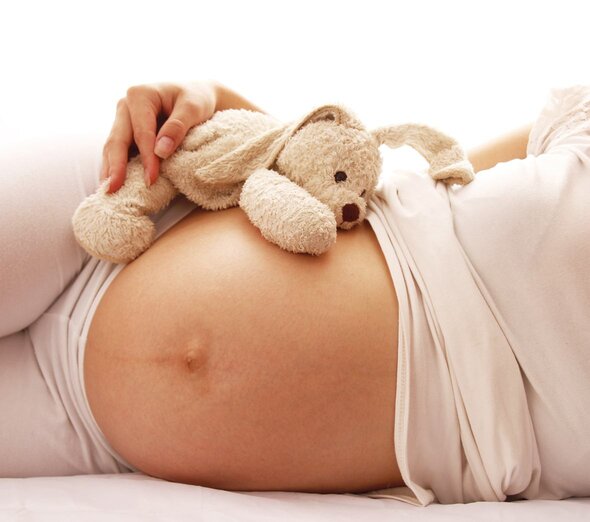

In the past the multiple pregnancy aroused many emotions. Today no one wonders at twins, considering the recently born octuplets.
There is no specific cause of the multiple pregnancy and it really is a matter of chance, but it most often occurs in women undergoing hormonal therapy that stimulates ovulation. If you are 35 or older, or there have been such cases in your family, you have a good chance to become a mother to multiplets. Moreover, multiple pregnancy often occurs in women undergoing in vitro fertilization or having at least four children.
Did you know that multiple pregnancy may result from the fertilization of a single egg cell by a single sperm cell or two separate egg cells by two different sperm cells?
In the first case the newborns will always have the same genetic code and sex, and this type of pregnancy is defined as monozygotic pregnancy.
In the second case the children may or may not be of the same sex. They have different genetic code, so they are similar to each other, but just as siblings from two separate pregnancies.
Early diagnosis of the multiple pregnancy and defining its type is very important so as to ensure proper care for both the mother and the developing babies during pregnancy and childbirth.
The easiest and most secure examination is, of course ultrasound. It should be preferably performed when the gestational sacks are still small, and the doctor can easily determine the type of pregnancy (monozygotic or multizygotic/single or multiple). A doctor determines the number of fetuses on the basis of an ultrasound examination carried out in the first trimester, it is possible as early as at 6th week of gestation. However, the baby's sex can be determined only in the second half of the pregnancy.
Multiple pregnancy is considered risky. Multiplets are generally smaller and the pregnancy often ends in premature birth. This is however not a rule, and there are births in 37th and 38th week of gestation. This is mainly due to an increased strain to the mother's body. In multiple pregnancy anemia, severe vomiting, nausea and hypertension are much more often than in the single pregnancy. Mother's spine is also much more strained than during the single pregnancy.
Multiple childbirth does not have to end in the Cesarean section. If the first child is in a head-down position and the second is in the same position or in the breech presentation and the children have normal heart rate, then there are no contraindications to vaginal childbirth. In other cases, surgical delivery is recommended in order to eliminate potential complications. However, this decision is always up to the doctor. Each pregnancy is different and the most appropriate delivery route requires an analysis of many factors.
Natural birth of the first child is similar to the single pregnancy. After delivering the first baby the labour stops. This can take up to half an hour. During this time your body pulls itself together for the next effort. Contractions are weaker and irregular. It often happens that the second part of the labour is more challenging for you and the other baby, as you are already exhausted. Sometimes, the doctor decides to deliver the second child by the c-section.
Of course, your pregnancy does not have to be compromised and you can avoid all the unpleasant ailments. You just have to visit your doctor regularly and follow all his/her instructions. You will have to do a few more tests than during a single pregnancy, but it is necessary to keep track of the fetal development, and for the doctor to be able to act quickly in case of any irregularities. Just as with the single pregnancy, at this special time you need to switch to a quieter lifestyle and really take care of yourself. Eat healthily, never drink alcohol or smoke cigarettes. Rest a lot and above all not get stressed. That is the basis.